With the 2000D Airflow, Corsair rounds out the current portfolio downwards and now also presents an extremely spacious case for the smallest form factor. Up to eight 120mm fans, a 360mm AIO and a tripple-slot GPU with a length of up to 36cm can be accommodated in 24.4 liters. You can read more about the drawbacks in the review.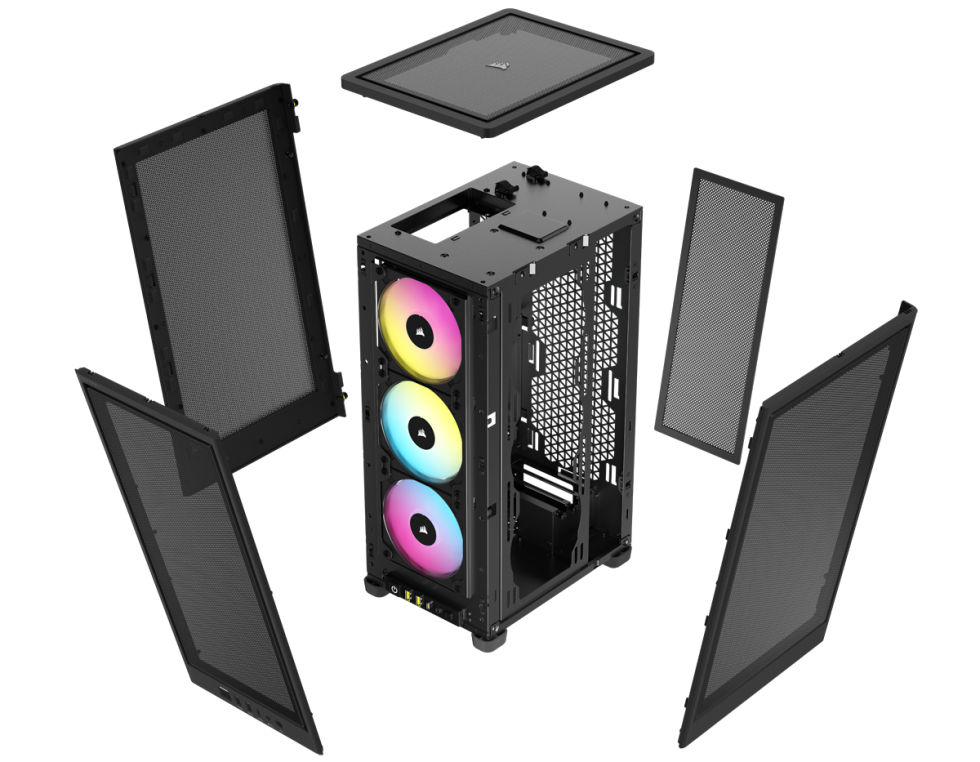
Short preface
I’ve been lurking around the Mini ITX format for a while now, but so far the spark just wouldn’t fly between us. Thanks to the help of ASUS, Igor and Tim I was finally able to enter the world of compact computers and to kill several birds with one stone, I’m also building my first (own) Intel system since the introduction of the Core 2 Duo almost 17 years ago.
Introduction
When it comes to mini-PCs, most people still think of Raspberry Pis, small network clients, or the midgets that Tim often has in review. However, the enthusiasm for these computers, which are as compact as possible and were once designed for multimedia applications in the living room or for light office programs on small desktops, soon aroused the interest of the gaming faction. Small ITX boards had long since been designed that could even easily accommodate high-performance processors like a Core i9 or Ryzen 9 – all that was missing was a powerful graphics card and the ideal LAN PC would be ready!
Of course, case manufacturers were quick to jump on the bandwagon, making the compact cases roomier and putting airflow in the foreground. Since Moore’s Law is hardly tenable and powerful graphics cards today unfortunately come with very high power consumption and correspondingly monstrous coolers, ITX cases also had to grow a bit over time.
And here Corsair comes around the corner with the 2000D Airflow, a compact ITX case that can accommodate 36cm long triple-slot GPUs and large 360mm AIOs for cooling a high-performance processor on a footprint of less than an A4 sheet. Because I was really looking forward to this test, there is no more time to waste.
Unboxing
The packaging is as unspectacular as packaging can get. Neutral cardboard with a logo, serial numbers and technical data on the side, and only the case inside, wrapped in styrofoam and foil, as you know it.
No decorative elements, no glass, no illumination, the front, like all other side panels, consists almost entirely of mesh.
Only the modern I/O element adorns the front.
The casing parts are framed in plastic all around. Gaps and haptics are on a high level, which is typical for Corsair.
The lid is held by magnets and can be removed easily.
Like all other openings, the lid also has a dust filter in front of the mesh:
The rear offers space for two 120mm fans, depending on the graphics card, and is also protected by a magnetic dust filter.
UNDER the case is a plastic flap, behind which is the I/O panel of the mainboard. Getting the cables in there later and having to put the whole PC on the front or side each time is really awkward, but we’ll get to that later.
The side panels are well secured. Metal lugs are hooked into the front, and thick metal balls snap into the base construction at the back.
To ensure that nothing falls off, the side panels are also screwed in place. Nice detail: The screws do not fly completely out of the thread and can therefore not fall off.
The case completely freed from all side panels with a view of the back of the motherboard tray and the opening for the power supply.
The PSU tray once again in detail. Since both sides are open, you have the choice whether the PSU sucks in the warm internal air and transports it out of the case, or is supplied with cool fresh air from the outside.
Three 120mm fans can be installed at the front, although only SLIM fans can actually be used here, otherwise you will collide with the motherboard. I’ll go into more detail in the “installation report” section.
On the right side is a removable bracket for another three 120mm (or two 140mm) fans. This is intended for the use of an AIO, which we will also install later.
Detail: The slots for the expansion cards are unusually arranged and point downwards instead of out of the back of the case.
The case comes with the usual bits and pieces, a bag of screws and a small amount of cable ties.
In addition, we find an IEC cable extension with an angled plug, which is absolutely necessary for the unusual orientation of the power supply.
















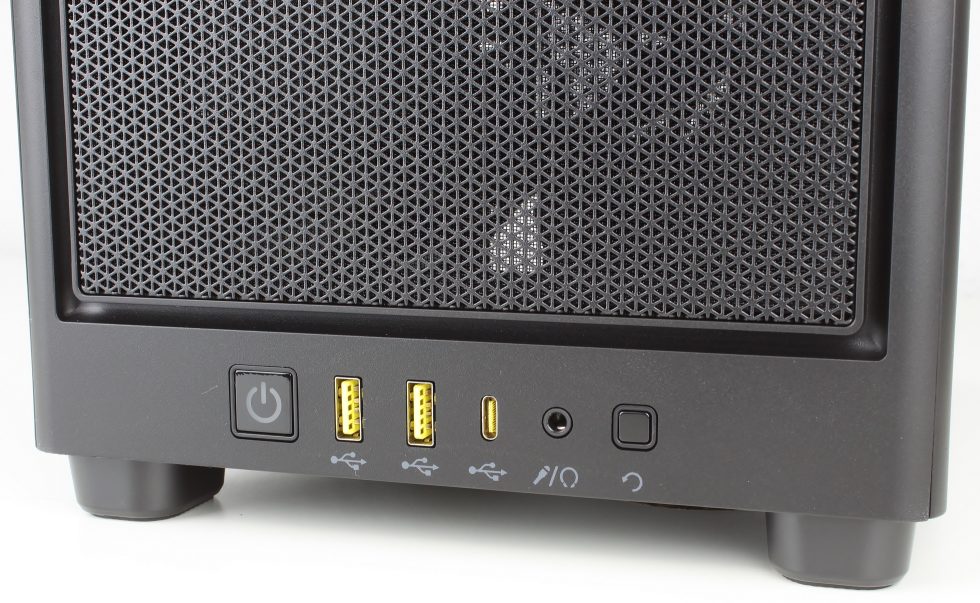
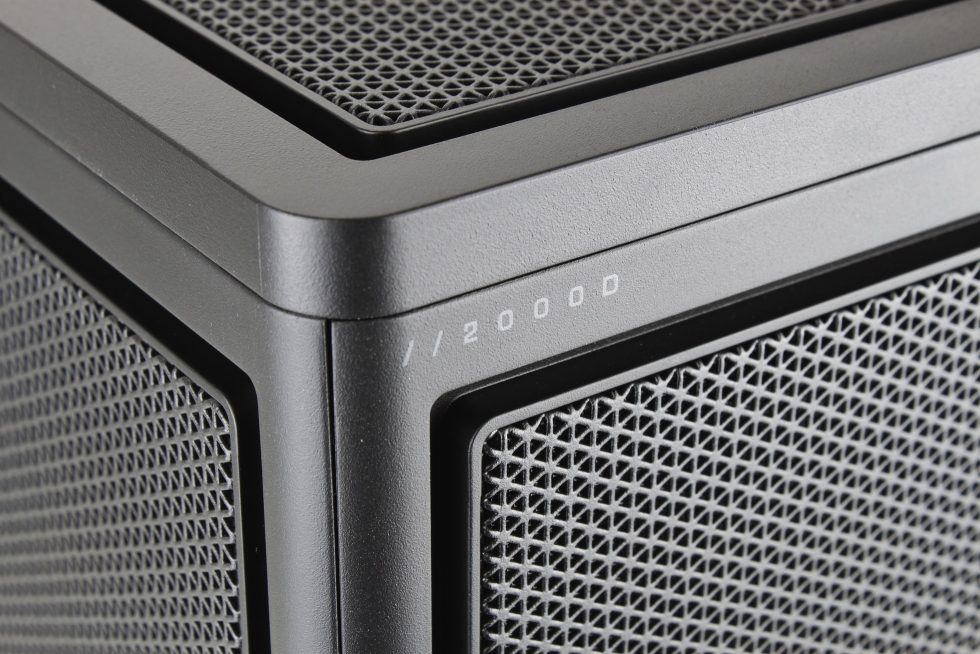
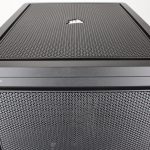
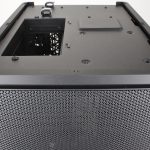
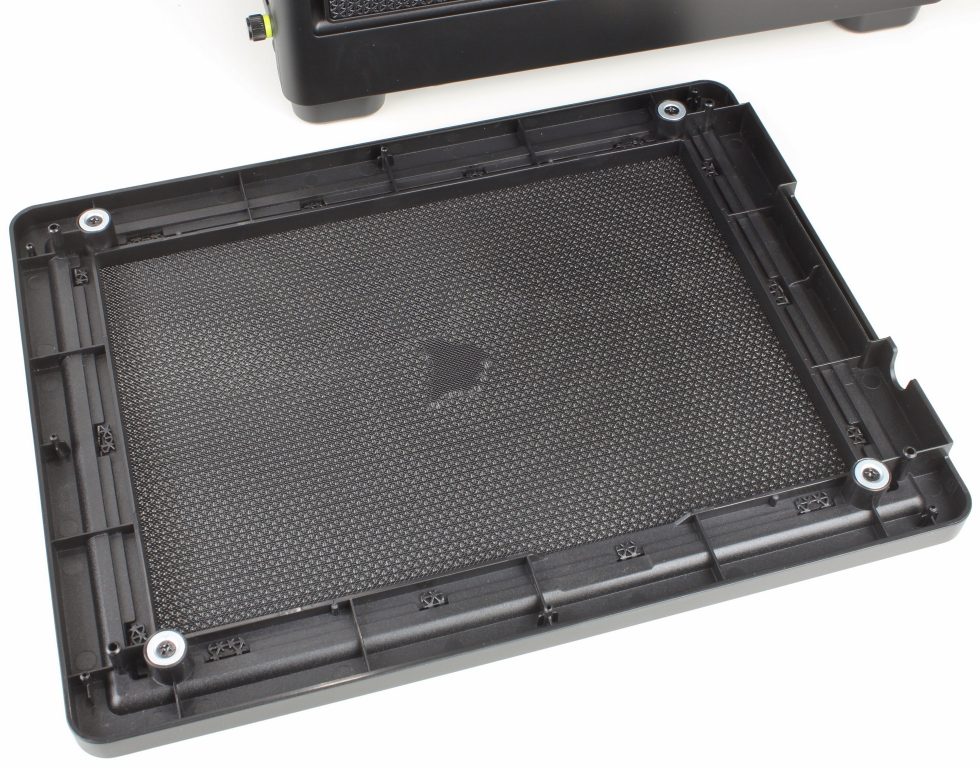
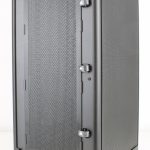
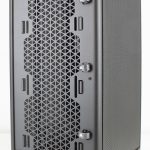
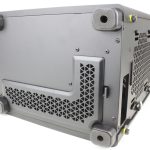


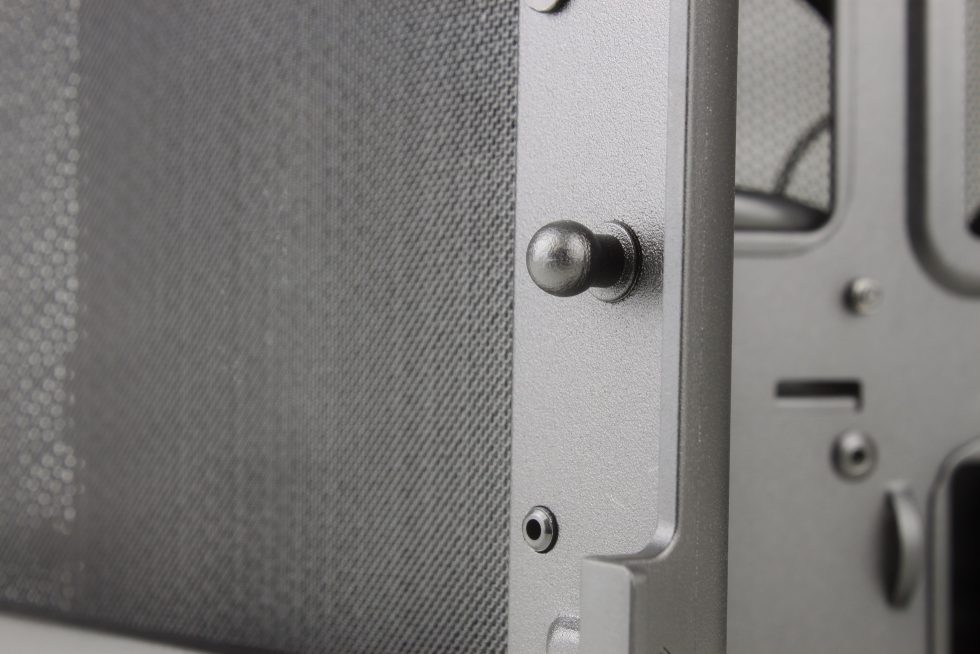
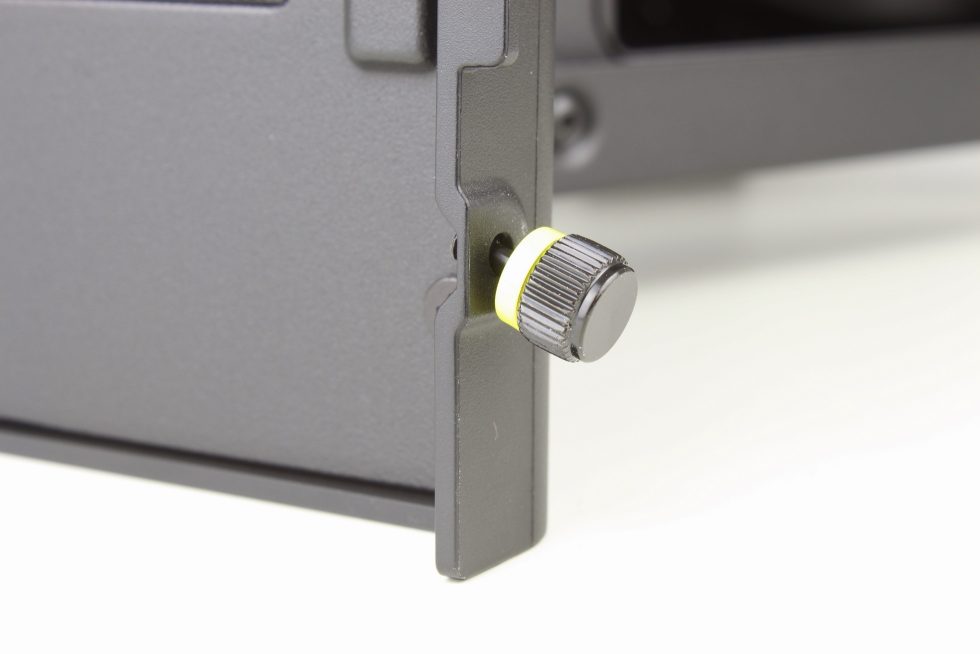

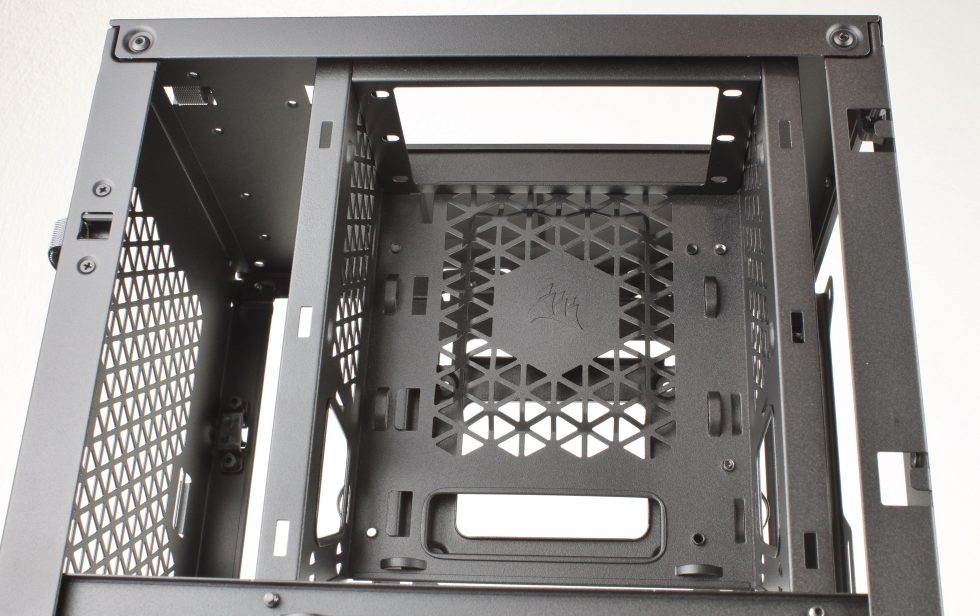


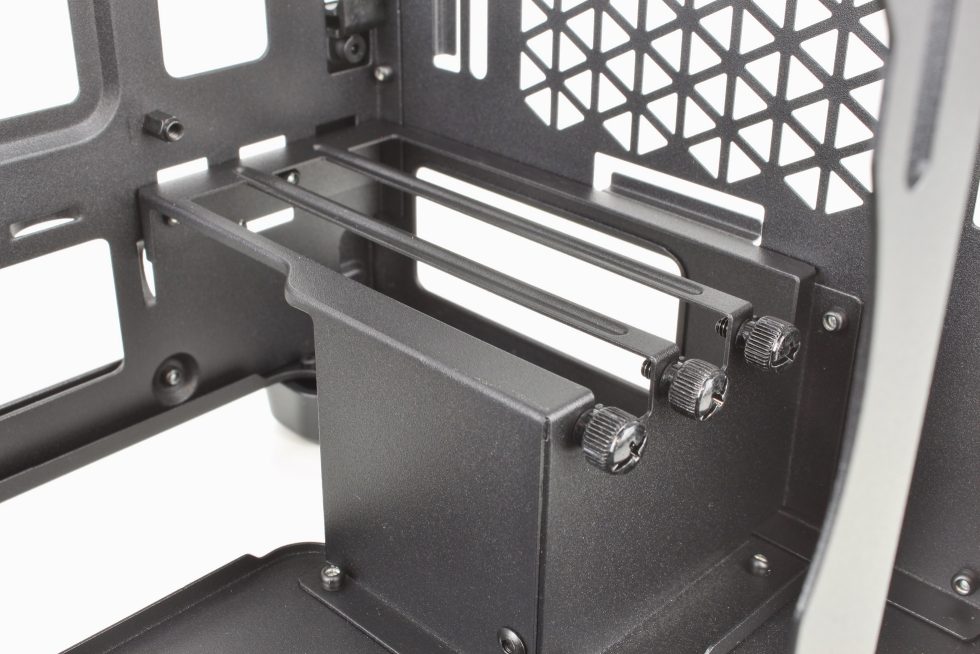
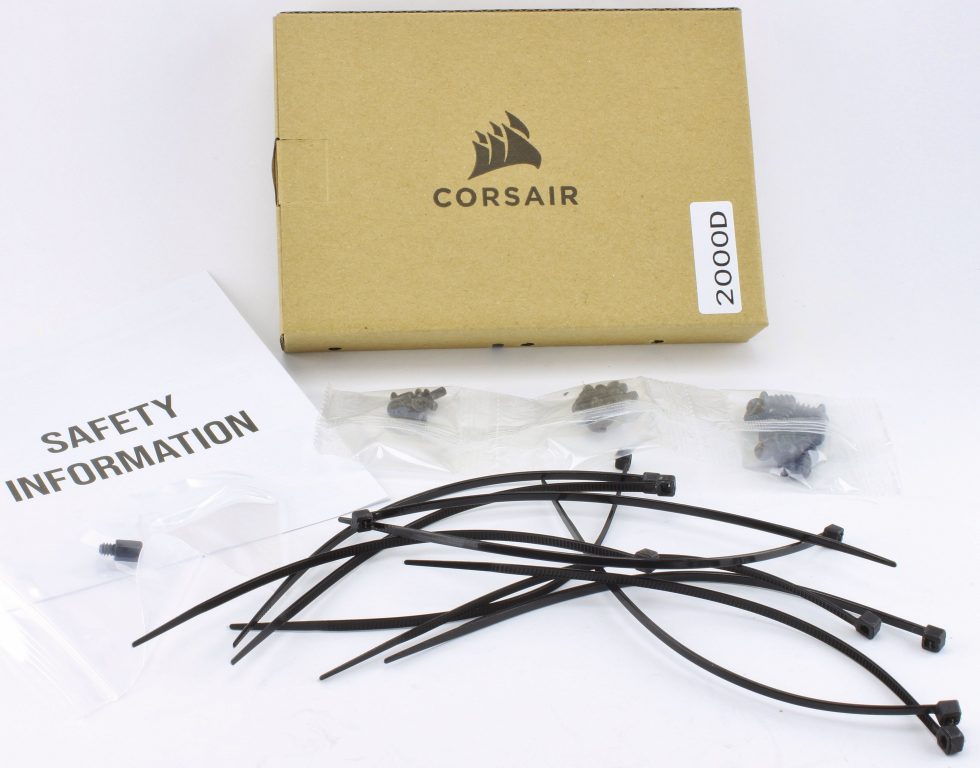
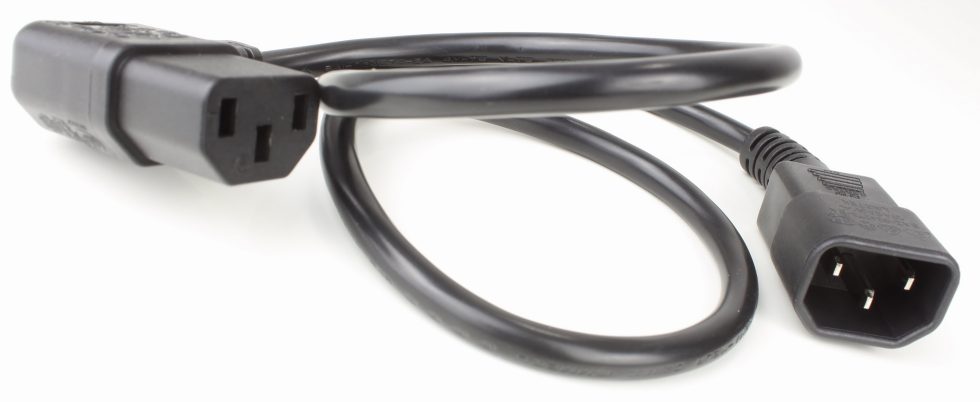




















12 Antworten
Kommentar
Lade neue Kommentare
Urgestein
Urgestein
Moderator
Veteran
Mitglied
Urgestein
Urgestein
Veteran
Moderator
Veteran
Urgestein
Veteran
Alle Kommentare lesen unter igor´sLAB Community →